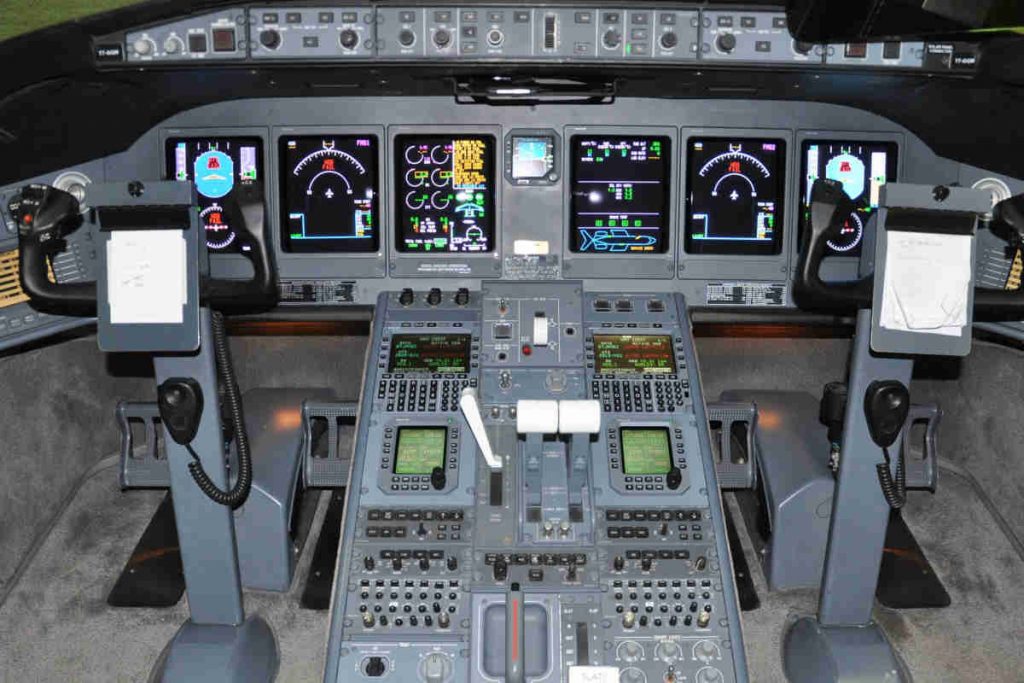
News
MRO
Flying Colours notes demand for ADS-B Out installations
October 15, 2019 By Wings Staff
 Flying Colours owns ADS-B Out Supplemental Type Certificates for Bombardier Challenger 300, 604 and 605 aircraft. (Photo: Flying Colours)
Flying Colours owns ADS-B Out Supplemental Type Certificates for Bombardier Challenger 300, 604 and 605 aircraft. (Photo: Flying Colours) Flying Colours Corp. announced it has performed nearly 50 ADS-B Out installations in the last 18 months at its facilities in Peterborough, ON. and St. Louis, MO, as the company prepares for further demand as the pending January 1, 2020 mandate to have ADS-B Out in U.S. airspace draws closer. Flying Colours plans to highlight its ADS-B Out expertise during the upcoming NBAA-BACE 2019 trade show taking place in Las Vegas, starting October 22.
Flying Colours notes it has performed ADS-B Out installations on a variety of aircraft including Bombardier Global, Challenger, and Learjet types, as well as Dassault Falcon, Embraer Phenom and Citation aircraft.
As a Bombardier Authorized Service Facility, Flying Colours owns ADS-B Out Supplemental Type Certificates (STCs) for Bombardier Challenger 300, 604 and 605 aircraft. These STCs are also validated by EASA and TCCA. The company states sales of the STCs have ramped up in the last four months with more than 25 sold to other installation companies.
Flying Colours Corp. currently has 10 aircraft at its North American facilities undergoing equipage as part of wider maintenance or avionics upgrade projects, with a further 12 aircraft booked in before the end of the year. Flying Colours also states it has seen a rise in demand from mid-to-large cabin owners and operators from corporate and private clients, while the number of small-cabin installations has remained stable.
“Work on avionics, interiors, maintenance and paint can all take place in parallel at one of our facilities,” said Kevin Kliethermes, director of sales, Flying Colours, who notes most ADS-B Out installations have been part of a wider aircraft upgrade. “For us, the January [deadline] is not the end of the ADS B-Out mandate, but the beginning and we want to help the industry in North America and beyond be prepared for this important airspace management milestone, and the requirements of next-gen still to come.”